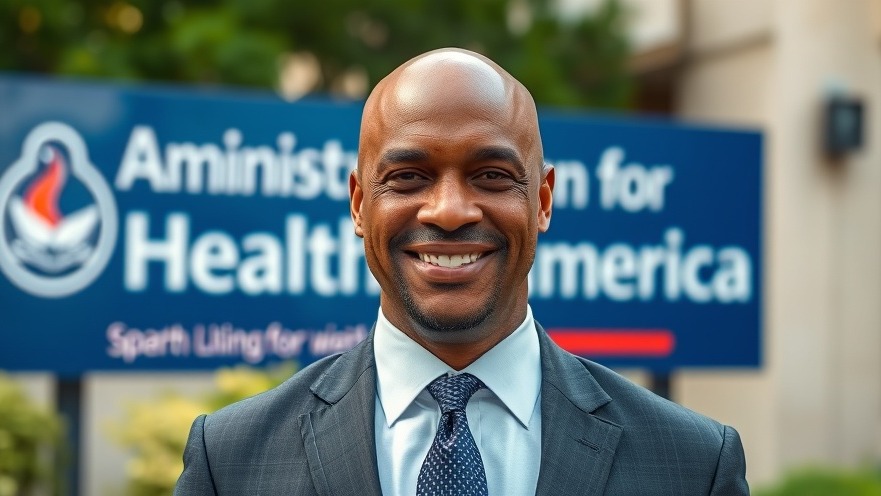
Understanding the Administration for a Healthy America
In a significant move to reshape public health, the Department of Health and Human Services (HHS) has announced the creation of the Administration for a Healthy America (AHA). Set to streamline numerous health agencies, the AHA promises a more efficient approach to community health, encompassing everything from primary healthcare to mental health services. However, while efficiency sounds appealing, there are deep concerns among public health professionals about the actual implications of this reorganization.
The Promise of Efficiency: A Double-Edged Sword?
The word "efficiency" is often hailed as the ultimate goal in public administration, yet it's increasingly seen as a catch-all phrase masking deeper issues. Many simultaneously applaud the creation of the AHA while cautioning that consolidation can lead to a reduction in essential services rather than an enhancement. Critics argue that without adequate investment and thoughtful integration, what may seem like a modernization effort could risk sidelining vital public health initiatives.
Key Agencies Under the AHA Umbrella
The reorganization plan will see several pivotal bodies absorbed into the AHA, including the Office of the Assistant Secretary for Health (OASH), Health Resources and Services Administration (HRSA), and the Substance Abuse and Mental Health Services Administration (SAMHSA). Each of these agencies carries unique missions and established networks within communities that the AHA must respect and integrate thoughtfully.
Community Health: Programs That Matter
HRSA plays a crucial role in providing affordable healthcare, especially to underserved populations. With over 1,400 health centers under its purview, its focus is on people experiencing homelessness or living in rural areas. Integrating such a grassroots-oriented agency into a larger body presents both opportunities and challenges in maintaining its community connections.
The Importance of Specialized Knowledge
SAMHSA's emphasis on behavioral health is another area of concern. The agency's extensive funding network supports diverse mental health and substance use programs, including innovative strategies tailored to local needs. Should the AHA fail to prioritize these specialized services, it might compromise ongoing efforts to combat the opioid crisis and support mental health initiatives across the nation.
Cultural Sensitivity in Health Administration
Public health is inherently intertwined with issues of race, class, and gender, making it essential for agencies like the AHA to address these disparities directly. Experts warn that without proactive measures, the reorganization could inadvertently exacerbate existing inequities in healthcare access, especially for vulnerable communities. It's crucial for stakeholders to remain vigilant and advocate for policies that promote health equity.
Future Predictions: A Look Ahead
As the AHA develops, it will undoubtedly face scrutiny from public health advocates and community leaders. Will it genuinely function as a unifying body that enhances public health, or will it devolve into a bureaucratic structure that prioritizes cost-cutting over care? Observing the AHA’s trajectory will provide insight into whether we can reconcile the ideal of efficiency with the necessity for robust healthcare services.
Actionable Insights for Healthcare Stakeholders
For healthcare professionals and community organizers, ongoing engagement with the AHA's implementation will be critical. Advocacy efforts should focus on ensuring that specialized services are not overlooked and that investments match the needs of distinct populations. Understanding the dynamics of this reorganization provides stakeholders with the tools to advocate effectively for patient care.
Conclusion: Embrace Healthy Advocacy
As we venture into this new administrative landscape, it’s essential to remember that health equity must remain at the forefront of these discussions. Professionals and community advocates should prepare to navigate this change with careful consideration of all residents' needs. Be proactive: reach out to your local representatives, participate in community discussions, and ensure that the voices of those affected by these changes are central to the narrative. Together, we can work towards a health system that truly serves all.
 Add Row
Add Row  Add
Add 




 Add Row
Add Row  Add
Add 

Write A Comment